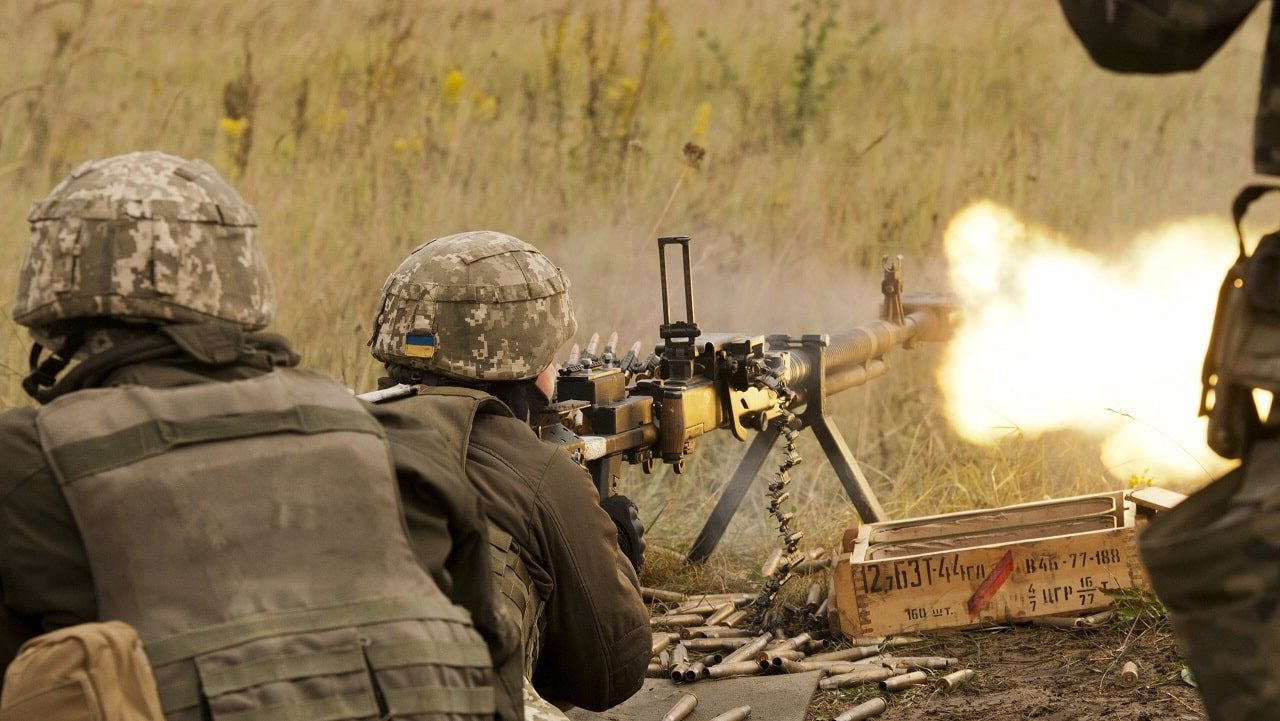Russian Territorial Control in Ukraine Challenged by Ukrainian Partisans and Guerilla Warfare – While Russia has been able to gain control over roughly 20% of Ukraine’s internationally recognized territory (by Ukrainian President Volodymyr Zelensky’s estimate) since its invasion of the country in February 2022, it has had significant trouble imposing its own order in those same areas.
While much of southern Ukraine fell under Russian control in the opening days and weeks of the war, partisan attacks such as the assassination of a leading collaborator in the Russian-imposed “civil-military” administration of the Ukrainian city of Kherson on June 24 demonstrate the limits of Russian rule.
Russian Efforts to Integrate Newly Occupied Ukrainian Territories
Russian control over Ukrainian territory stretches from the southwestern city of Kherson on the Black Sea, to southern Ukrainian cities like Melitopol, Berdyansk, and Mariupol before arcing up to include most of the eastern region of Donbas. Russian media sources are awash with reports that municipalities controlled by Moscow seek annexation by Russia.
Russian occupation authorities have effectively already begun integrating the region through a variety of underhanded means, such as forcing local economic activity to be conducted in Rubles, broadcasting Russian TV channels into Ukraine, and setting up supposedly “humanitarian” links between Russia’s ruling United Russia party and occupation areas in Ukraine.
United Russia General Council Secretary Andrei Turchak is a leading figure in Russia’s relationship with the territories it controls in Donbas. In what can be seen as a hint of Russia’s possible intentions, Turchak has said that United Russia field offices could be set up in newly-occupied Russian territories as soon as they are annexed by Russia. New “legal aid centers” being set up in occupied eastern Ukraine by United Russia could indicate that the Russian ruling party has already begun trying to creep its way into the legal systems of areas of Ukraine controlled by Russia.
Ukrainian Fight Back – Peacefully and Forcefully
Ukrainians have not gone along with Russia’s designs as Moscow might have hoped.
In the first months of Russia’s occupation, protests against Russian troops were common. Many officials elected or appointed under the internationally recognized Ukrainian government such as Mayor Ivan Fedorov of Melitopol put themselves at considerable risk by not signing on to Russian collaborationist authorities, even if some of their colleagues did.
Attacks on Russian troops and occupation authorities occur frequently and can be quite damaging to Russian forces present in the occupied territories. Before the Russian invasion, when many U.S. intelligence assessments claimed that Ukraine would be overrun in a matter of days if Russia were to invade, the U.S. put significant thought into supporting a grassroots insurgency of Ukrainians to battle Russian occupation forces. While those timeline estimates did not come to pass, Ukrainians have proven to be more than willing to wreak havoc behind the frontlines today.
Guerilla Warfare: Ukrainian Partisan Attacks Increase in Tempo
Since mid-to-late April and May, the tempo and intensity of Ukrainian partisan attacks have increased, potentially having a deleterious effect on the morale of Russian troops.
Ukrainian special forces evidently have direct and indirect links to the guerilla groups in Russian-occupied areas, and they have set up a special website to help inform and train such groups to oppose Russia’s occupation. While it is impossible to assess what share of insurgent attacks are directly organized by Ukraine’s special forces or its SBU law enforcement and intelligence agency, public participation in guerilla activities is nothing new for the Ukrainian people.
For years after the Second World War, Ukrainian partisans in western Ukraine waged a low-level insurgency against Soviet troops there with no apparent outside support. Friday’s assassination of the head of the Russian occupation authority’s families, youth, and sports department is just the latest in a series of assassinations and attacks that have taken place all over the occupied territories.
It is also possible that other drivers could be behind certain assassinations or attacks, as some have speculated that organized crime groups could be taking advantage of the confusion to carry out their own campaigns. Partisan activity has been especially high in around Melitopol, rendering the environs of the city difficult to operate in for Russian troops and collaborators.
These partisan actions have significantly challenged Russia’s attempts to assert control over southern and eastern Ukraine. While the sheer mass and size of Russia’s invasion force has allowed Moscow to push back Ukraine’s armed forces and legitimate government from certain areas, those strengths have not necessarily translated into advantages in fighting elusive Ukrainian guerillas.
Wesley Culp is a Research Fellow at the Center for the Study of the Presidency and Congress. He regularly writes on Russian and Eurasian leadership and national security topics and has been published in The Hill as well as in the Diplomatic Courier. He can be found on Twitter @WesleyJCulp.

